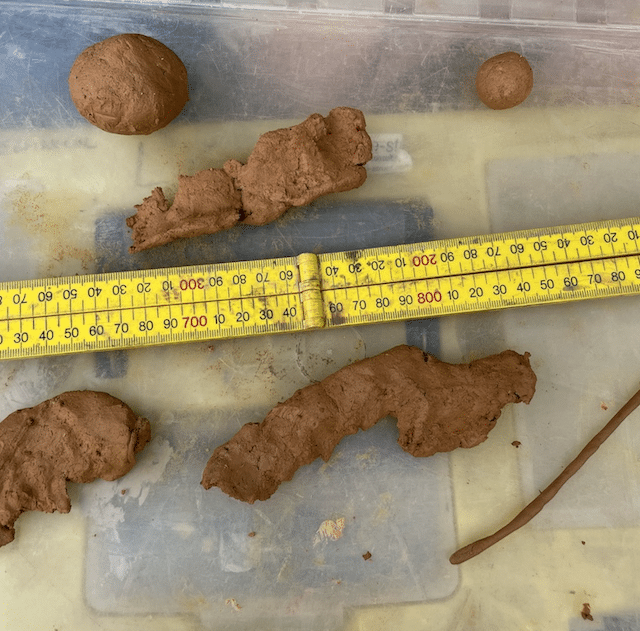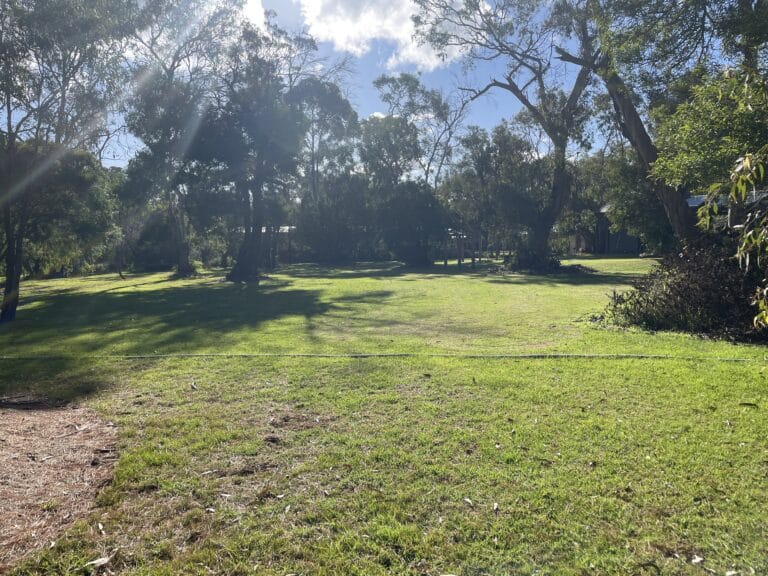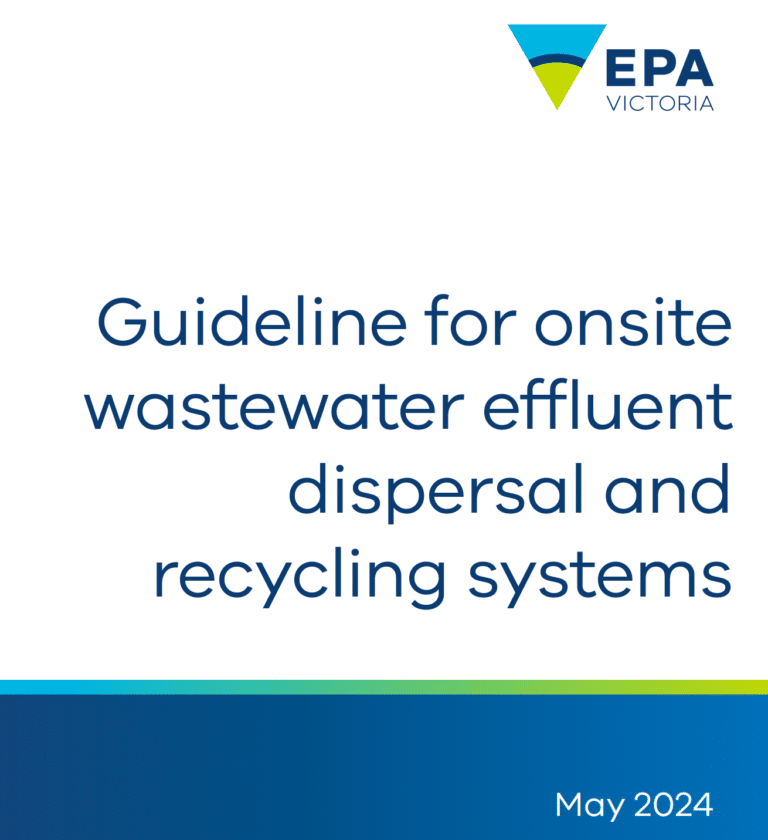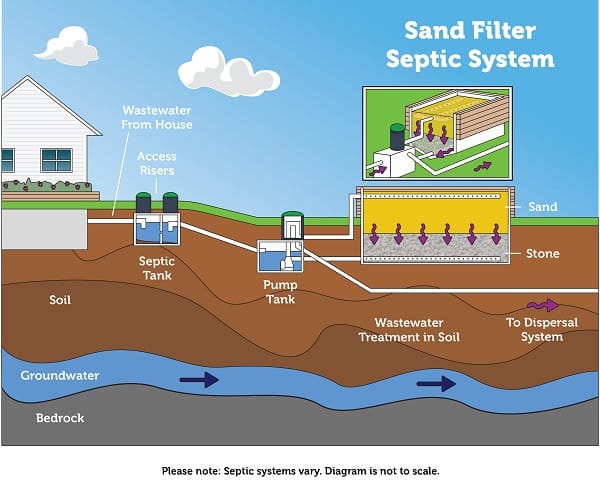Clay Soil and Septic Effluent Dispersal
Introduction
Clay soils require a larger area for effluent dispersal primarily due to their low permeability. Permeability refers to the ability of the soil to transmit water and other fluids. Clay particles are very small and tightly packed, which reduces the size and number of pores through which water can move. As a result, water infiltrates clay soils very slowly compared to sandy or loamy soils.

This low infiltration rate means that effluent applied to clay soils can quickly saturate the surface, leading to ponding and runoff rather than absorption. Consequently, a larger dispersal area is necessary to spread the effluent thinly enough to prevent these issues and ensure adequate treatment through soil filtration processes.
Furthermore, clay soils have a higher tendency to retain water due to their high water-holding capacity. While this characteristic is beneficial for maintaining soil moisture, it becomes a drawback when it comes to effluent dispersal. The retained water fills the available pore spaces, leaving little room for additional effluent to percolate. This can lead to prolonged saturation of the soil, reducing the effectiveness of natural soil treatment processes like microbial degradation and filtration. Therefore, spreading the effluent over a larger area helps to avoid oversaturation and allows for better treatment and assimilation of the effluent into the soil.
Lastly, the structural characteristics of clay soils can also hinder efficient effluent dispersal. Clay particles tend to aggregate and form dense clods that can further limit water movement. These aggregates create a heterogeneous soil structure with varying permeability, often causing preferential flow paths that can bypass large portions of the soil matrix. This uneven distribution of effluent can result in ineffective treatment and potential contamination of groundwater. To counteract these issues, a larger dispersal area is necessary to ensure that the effluent is evenly distributed and has sufficient contact with the soil for effective filtration and microbial action. Contact Chris at for a friendly chat regarding your LCA equiries or to obtain a detailed obligation free quote.
Need quote? Contact Us Here!





